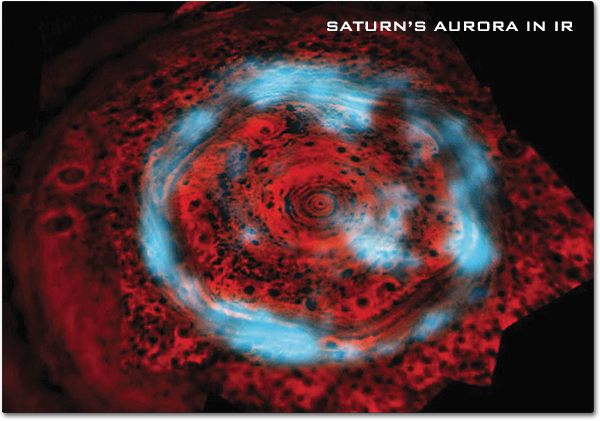Welcome to Facts Vibes! Today, we’re diving into the fascinating world of waves. From the ocean to sound and light, we’ll uncover intriguing facts that will leave you in awe. Get ready to ride the waves of knowledge with us.
The Fascinating World of Waves: Exploring Intriguing Facts
The Fascinating World of Waves: Exploring Intriguing Facts
Waves are a fundamental aspect of the natural world, with a wide range of applications and implications. From ocean waves to sound waves, there is much to uncover about these intriguing phenomena.
Ocean waves are a captivating feature of the Earth’s surface, driven by the interaction between wind, water, and the gravitational pull of the moon. They play a crucial role in shaping coastlines and have a significant impact on marine ecosystems.
In the realm of sound waves, we encounter fascinating properties that allow us to communicate, experience music, and perceive the world around us. Understanding the behavior of sound waves has led to groundbreaking technological developments in areas such as medical imaging and telecommunications.
Moreover, light waves offer a captivating journey into the realms of physics and optics, uncovering the nature of color, vision, and the fundamental principles governing the universe.
Exploring the intriguing facts surrounding waves opens up a world of scientific discovery and technological innovation. From wave-particle duality to the role of waves in seismic activity, the study of waves continues to spark curiosity and drive progress across various fields of knowledge.
As we delve deeper into the fascinating world of waves, we unveil an intricate tapestry of natural phenomena that shape our understanding of the universe and inspire awe and wonder in our exploration of the world around us.
Most popular facts
Waves are disturbances that transfer energy from one place to another without transferring matter.
Waves transfer energy without transferring matter.
There are two main types of waves: mechanical waves, which require a medium to travel through, and electromagnetic waves, which can travel through a vacuum.
The two main types of waves are mechanical waves, which require a medium to travel through, and electromagnetic waves, which can travel through a vacuum.
The highest point of a wave is called the crest, and the lowest point is called the trough.
The highest point of a wave is called the crest, and the lowest point is called the trough.
Waves can be categorized based on their frequency and wavelength, with higher frequency waves having shorter wavelengths.
Higher frequency waves have shorter wavelengths.
Sound waves are an example of mechanical waves, while light waves are an example of electromagnetic waves.
Sound waves are mechanical waves, while light waves are electromagnetic waves.
Seismic waves are waves that travel through the Earth, often caused by earthquakes or other geological activity.
Seismic waves are waves that travel through the Earth, often caused by earthquakes or other geological activity.
Ocean waves are caused by the wind transferring its energy to the water’s surface.
Ocean waves are caused by the wind transferring its energy to the water’s surface.
Tsunamis are large ocean waves typically caused by underwater earthquakes or volcanic eruptions.
Tsunamis are large ocean waves typically caused by underwater earthquakes or volcanic eruptions.
Electromagnetic waves include radio waves, microwaves, infrared waves, visible light, ultraviolet rays, X-rays, and gamma rays.
Electromagnetic waves include radio waves, microwaves, infrared waves, visible light, ultraviolet rays, X-rays, and gamma rays.
The speed of a wave is determined by the medium it is traveling through and the properties of the wave itself.
The speed of a wave is determined by the medium it is traveling through and the properties of the wave itself.
The amplitude of a wave refers to the maximum displacement of a point on the wave from its rest position.
The amplitude of a wave refers to the maximum displacement of a point on the wave from its rest position.
The frequency of a wave refers to the number of complete wave cycles that pass a given point in a certain amount of time.
The frequency of a wave refers to the number of complete wave cycles that pass a given point in a certain amount of time.
The wavelength of a wave is the distance between two corresponding points on a wave, such as two adjacent crests or troughs.
The wavelength of a wave is the distance between two corresponding points on a wave, such as two adjacent crests or troughs.
Doppler effect describes the change in frequency or wavelength of a wave in relation to an observer moving relative to the source of the wave.
The Doppler effect describes the change in frequency or wavelength of a wave in relation to an observer moving relative to the source of the wave.
Waves play a crucial role in various natural phenomena, scientific research, communication systems, and technology development.
Waves play a crucial role in various natural phenomena, scientific research, communication systems, and technology development.
In conclusion, understanding the essential properties of waves is crucial for grasping their role in various scientific and natural phenomena. By delving into the mechanisms and characteristics of waves, we gain a deeper appreciation for their significance in fields such as physics, oceanography, and engineering. It is through this knowledge that we can harness the power of waves for technological advancements and environmental conservation, ultimately contributing to the greater understanding of the world around us.
